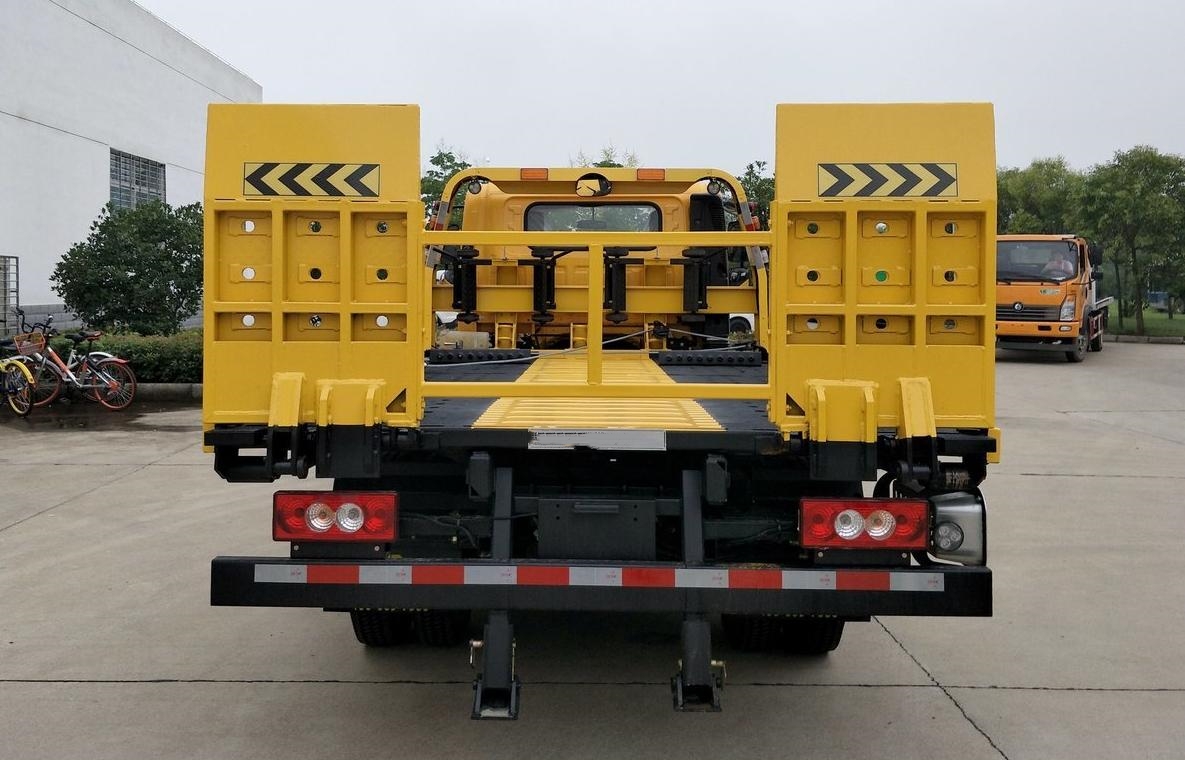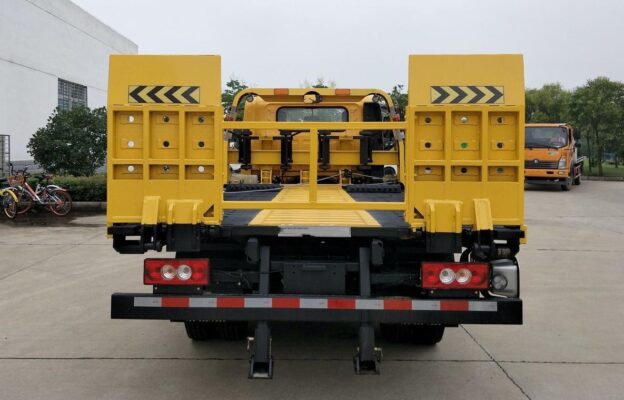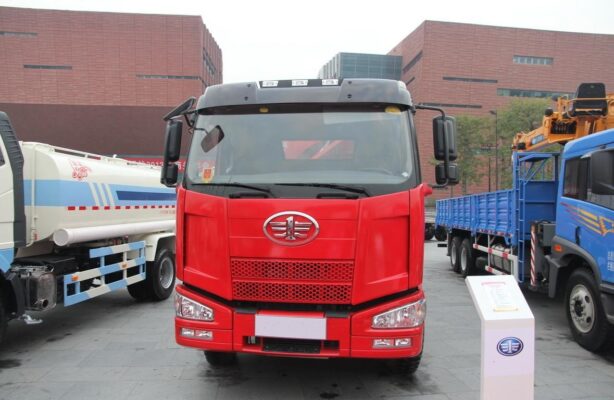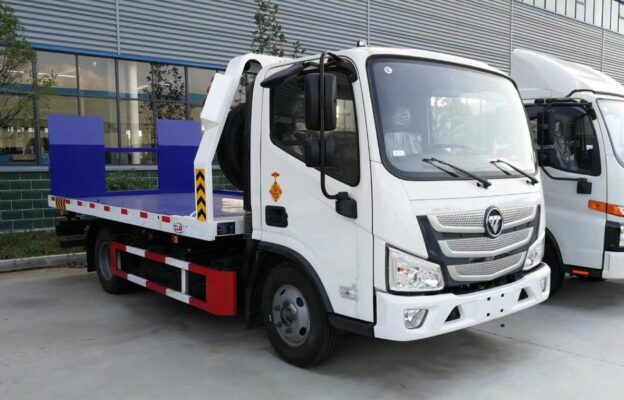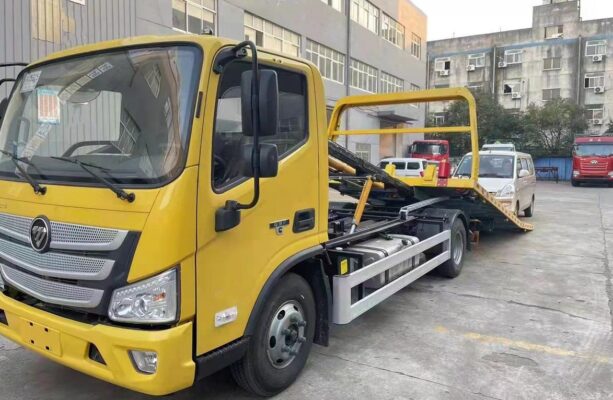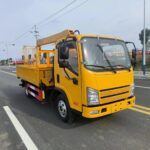Busbar systems play a crucial role in the electrical distribution landscape, serving as an efficient means of conducting electricity. To ensure their normal operation and extend their service life, it is imperative to implement a rigorous maintenance schedule. Regular inspections and maintenance not only enhance the reliability of busbar systems but also help prevent unexpected failures and associated costs. Below are detailed guidelines for maintaining busbar systems effectively.
1. Importance of Regular Maintenance
Busbars are exposed to various environmental factors and operational stresses that can affect their performance over time. Regular maintenance is essential for:
- Preventing Failures: Routine checks help identify potential issues before they escalate into significant problems, ensuring that busbars operate smoothly.
- Extending Lifespan: Regular care and maintenance can prolong the operational life of busbar systems, maximizing the return on investment.
- Ensuring Safety: Well-maintained busbars reduce the risk of electrical hazards, safeguarding personnel and equipment.
2. Maintenance Schedule Overview
A comprehensive maintenance schedule should cover different aspects of the busbar system. The following maintenance activities are recommended:
A. Brush Maintenance
- Frequency: Brushes should be checked every 1-3 months, depending on the usage of the mobile electrical equipment connected to the busbar system.
- Inspection Focus:
- Wear of Collector Brushes: Inspect the brushes for wear. If wear exceeds 5mm, the brushes must be replaced immediately.
- Alignment and Security: Check for loose or misaligned brushes. Identify and rectify the cause of any issues to ensure optimal contact with the busbar.
- Best Practices:
- Use a designated inspection tool to measure brush wear accurately.
- Keep a log of brush condition to track wear over time.
B. Collecting Device Inspection
- Frequency: Collecting devices should be inspected at least quarterly.
- Inspection Focus:
- Fastener Tightness: Ensure all fasteners are secure and check for any signs of displacement or wear in plastic and movable components.
- Spring Tension: Verify that the contact pressure between the collecting brush and the rail is within the specified range.
- Best Practices:
- Lubricate moving parts as per manufacturer recommendations to prevent wear.
- Replace any worn components promptly to maintain system integrity.
C. Connector Maintenance
- Frequency: Inspect connectors annually.
- Inspection Focus:
- Tightness of Bolts and Welds: Check for any looseness, corrosion, or displacement in connectors and support components.
- General Condition: Look for any signs of wear or damage that may affect connectivity.
- Best Practices:
- Use a torque wrench to ensure that bolts are tightened to the manufacturer’s specifications.
- Clean connectors regularly to remove dust and debris that can cause resistance.
3. Daily Checks
In addition to scheduled inspections, daily checks are vital for maintaining busbar systems:
- Track Condition: Regularly inspect the straightness of the busbar tracks. Any significant deviations (greater than 20mm) should be documented and addressed immediately.
- Insulation Protection: Ensure that insulation components are intact, without any signs of falling off, breaking, or damage.
- Stainless Steel “V” Grooves: Check that these grooves are not warped, as warping can affect electrical conductivity and performance.
- Debris Inspection: Look for any foreign objects or conductive dust on the tracks. Clean the area as necessary to prevent electrical shorts.
- Insulation Resistance Measurement: Periodically measure the insulation resistance to ensure it meets the required standards. The inter-phase insulation resistance should be maintained at or above 5MΩ.
4. Special Considerations for Maintenance
Certain conditions may necessitate more frequent inspections and enhanced maintenance protocols:
- Environmental Factors: Busbar tracks subjected to high temperatures, excessive dust, moisture, or exposure to corrosive substances (such as acids or alkalis) require particular attention. In such environments, daily checks should be intensified to ensure optimal performance and safety.
- Significant Deviations: Pay close attention to busbar tracks that show considerable deviations in overlap, gauge, or tilt. These discrepancies can significantly affect the performance and reliability of the system.
- High Usage Areas: For busbar systems located in high-traffic areas, implement a proactive maintenance approach to address the wear and tear that can result from frequent use.
5. Documentation and Record-Keeping
Maintaining a detailed record of all inspections, maintenance activities, and any identified issues is crucial for effective management of busbar systems. This documentation should include:
- Inspection Dates and Findings: Log the dates of inspections, observations made, and corrective actions taken.
- Maintenance History: Keep a history of all maintenance activities performed, including replacement of components and repairs.
- Operational Logs: Track the operational hours of the busbar systems to correlate with maintenance schedules, ensuring that inspections align with usage patterns.
6. Conclusion
Regular maintenance and care of busbar systems are vital for ensuring their reliable operation and longevity. By implementing a structured maintenance schedule that includes periodic inspections of brushes, collecting devices, connectors, and daily checks, organizations can minimize the risk of unexpected failures and enhance the safety of their electrical distribution systems.
Moreover, being vigilant about environmental conditions and documenting maintenance activities will contribute to a proactive approach in managing busbar systems. Ultimately, investing in regular maintenance not only extends the lifespan of busbar systems but also ensures operational efficiency and safety in electrical distribution environments.

